Strasbourg surprised me. To begin with it’s in France, not Germany! The city doesn’t feel French at all, and with it’s architecture, cuisine and name, Strasbourg bears more resemblance to its sister towns across the German border, a mere 4 kms away. Historically Strasbourg has changed hands on numerous occasions, being in German possession after the Franco-Prussian War in 1871 until the Treaty of Versailles passed it back to France in 1919, and then again during the Second World War in the 1940s.
So perhaps I be forgiven my ignorance.
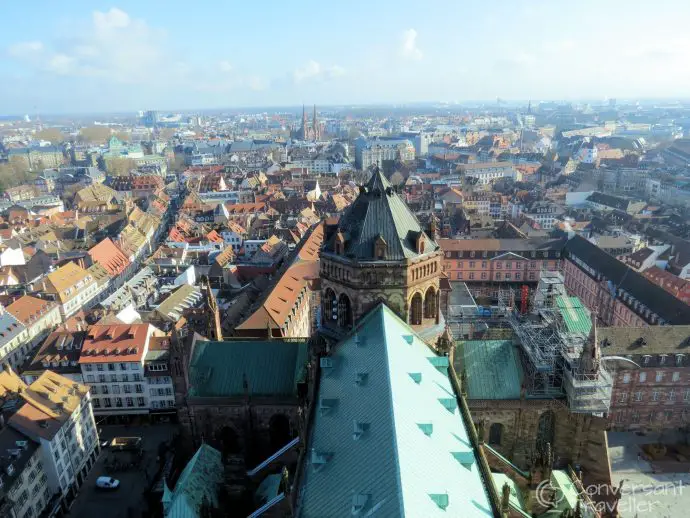
Today Strasbourg is a comfortable blend of both French and German cultures, and perhaps unique in that it retains a traditional small town feel whilst at the same time being one of the major seats of European power. In the morning you can be strolling along the UNESCO World Heritage Site cobbles and canals of the Grand Ile, whilst the afternoon could take you along the river to admire the polished glass of the contemporary buildings housing the Council of Europe and the European Parliament.
The best way to explore the city over a weekend is with a Strasbourg Pass, which gives free entry to some attractions, and discounts on others. We also tried out the audio guides from the Strasbourg Tourist Office. I’m usually a bit suspicious of such guides, as they are often dumbed down, bland interpretations of what we could easily work out for ourselves. Yet I was pleasantly surprised by this one. It came with a map and a walking route taking in all the main sights, with commentaries corresponding to the numbers at each suggested stop-off point.
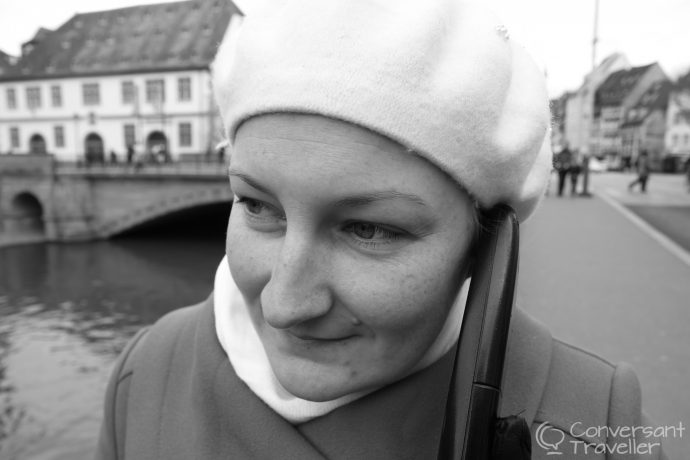
We put them both to the test and discovered we were quickly falling in love with this beautiful riverside city.
Place de la Cathédrale
Notre-Dame Cathedral
Cathedrals are often the focal point in a city, and in Strasbourg it’s easy to see why. In the heart of the old town on the Grand Ile, the Gothic Cathedral of Notre-Dame dwarfs the surrounding area, but you don’t realise it until you’re standing in the square.
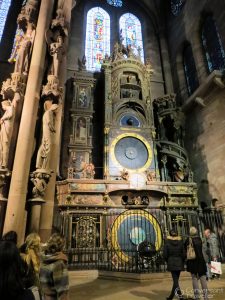
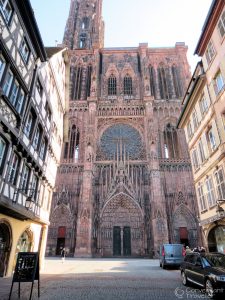
The streets of Strasbourg are fairly narrow and the buildings several stories high, so it is difficult to appreciate the enormity of the cathedral from afar, even with a spire towering to a lofty 142m. Until the 19th Century it was the highest in all of Christendom. Today it remains the 6th tallest, which makes it difficult to photograph the entire structure because of this height.
Make sure you have a look around inside, and visit the 16th Century astronomical clock tucked away in the south transept. It is a remarkable calculator of lunar positionings and religious occasions, and each day at 12.30 the apostle figurines parade in front of Christ who blesses them whilst a cock crows three times.
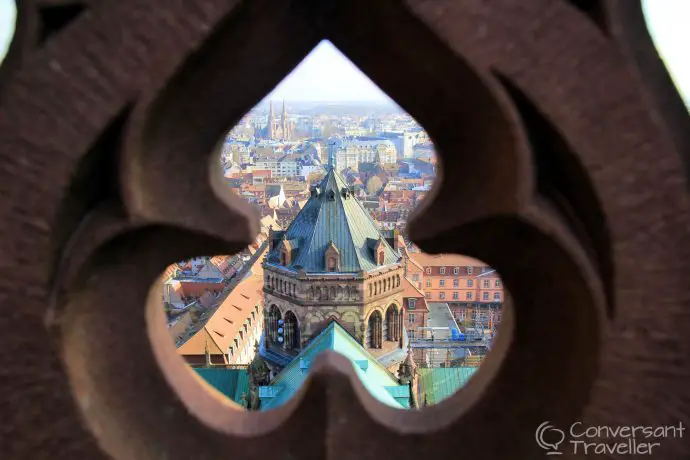
A great way to get your city bearings is to climb to the top of the cathedral platform in the spire, and the view is certainly worth the effort of ascending 332 narrow steps. On a good day you can see the Black Forest over in Germany. We made do with the rooftop panorama of the city we had come to see.
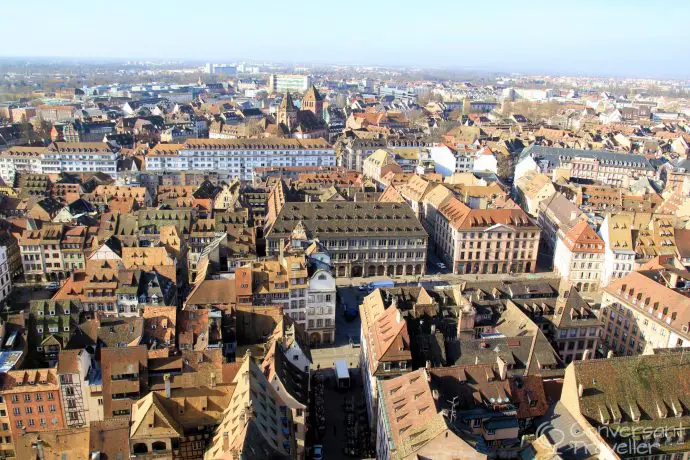
Besides the cathedral, the square is lined with traditional buildings, the obligatory tacky souvenir shops (where the region’s symbolistic storks seem to be the order of the day) and some of the best museums in town. One of the most famous structures is the 16th Century Maison Kammerzel which belonged to rich merchants over the years and is known today as the most beautiful building in all of Strasbourg.
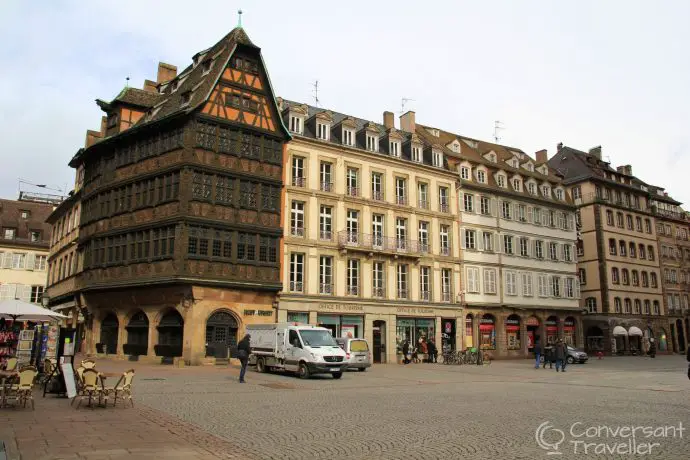
Le Palais Rohan
Alas this architectural gem has nothing to do with the Riders of Rohan in the Lord of the Rings, but instead and perhaps more excitingly, the palace was once one of the homes of Napoleon himself.
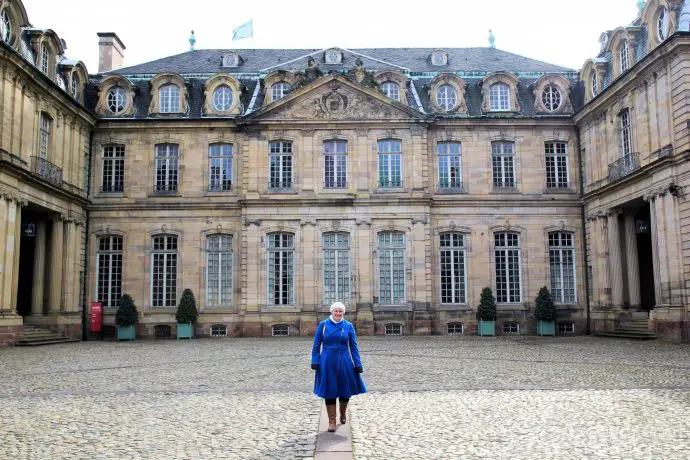
Built between 1732 and 1742, the palace was the ancient residence of the prince-bishops of Strasbourg, and now houses 3 museums: Decorative Arts, Fine Arts and Archaeological. If you only wish to visit one, choose the Decorative Arts Museum on the ground floor as this is where you’ll see the luxurious suites of the Rohan Cardinals and rooms packed full of history.
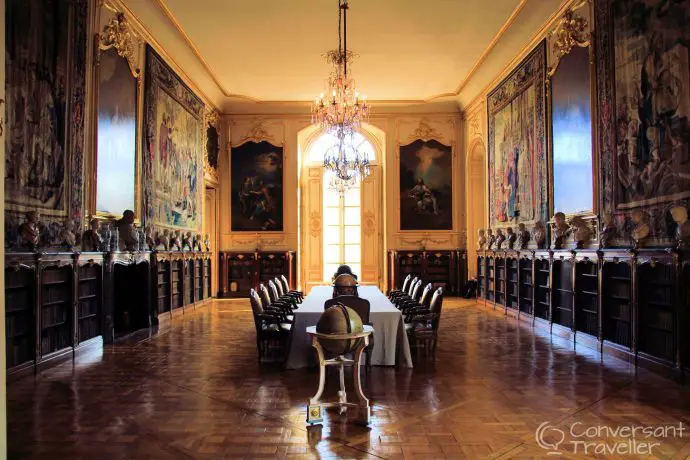
I’m not a huge fan of museums, preferring more tangible physical history that I can really feel part of, but I loved the Rohan Palace and it’s remarkable rooms, not least because I got to see Napoleon’s bedroom. Now you can’t really get closer to history than that! And yes, the bed was rather short.
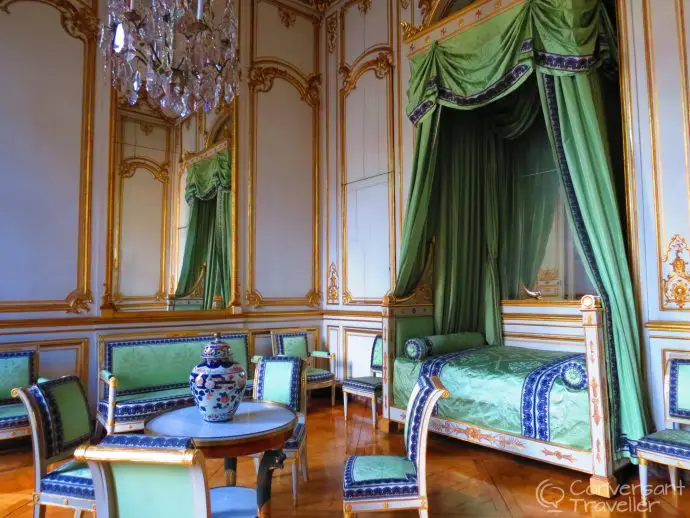
Museum of Notre-Dame
The other museum worth visiting in the main square is the Museum of Notre-Dame which houses magnificent masterpieces of medieval sculpture originally discovered in the cathedral, as well as a colourful collection of stained glass windows. Besides admiring the impressive exhibits, it is fascinating wandering around the 14th and 16th Century museum buildings, and you have a unique view of the cathedral from here too.
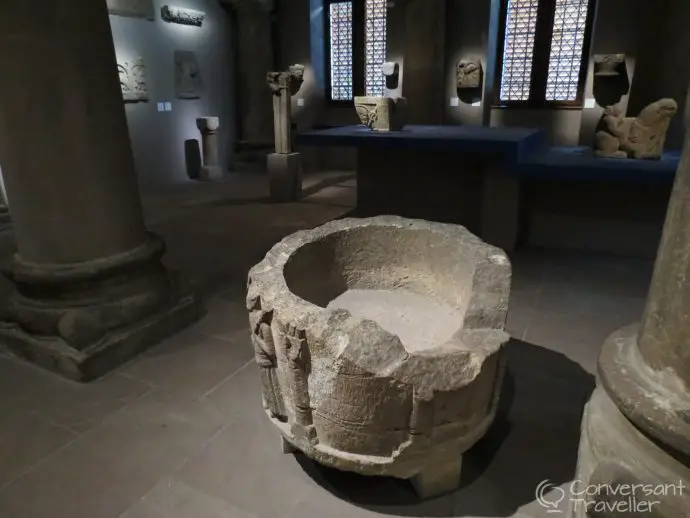
Moving on from the Place de la Cathédrale the audio tour took us along the river towards Petite France. One of our favourite pastimes when visiting European cities is exploring churches that are hidden down alleyways, away from the bright lights and the main tourist areas. So we popped into the St Thomas Church in the south of the Grande Ile, the largest in the city besides the cathedral. Built between the 12th and 15th Centuries its has been Lutheran since 1549. Being an amateur pianist in a previous life I couldn’t help but admire the magnificent 18th Century organ, once played by Mozart himself!
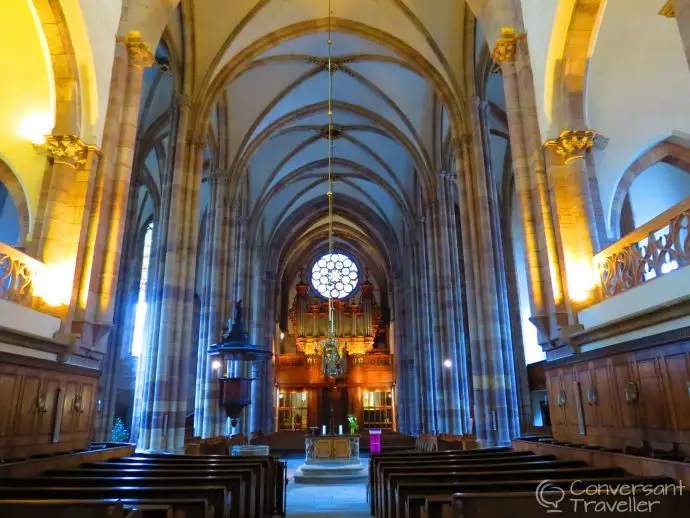
Petite France
The colourful 16th and 17th Century half-timbered houses in this picturesque quarter of the old city were once occupied by fishermen, tanners and millers. Many of the buildings overhang the quaint cobbled streets or the canals and have open galleries on upper floors where the tanners used to lay out skins to dry, rather like they did just down the road in Colmar.
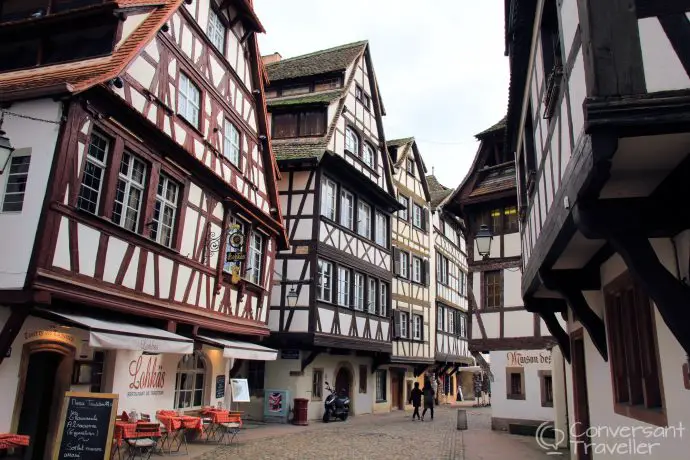
The origin of the name isn’t such a pretty picture. The area was once home to syphilis patients, a disease considered to be ‘French’, and thus the district was referred to as ‘Petite France’. Today nothing could be further from reality as tourists stroll leisurely past the cafés, gift shops and flowering wooden window boxes, enjoying the sun on their backs and history under their feet. It’s a great place for a waterside drink, especially in the evening when many of the buildings are floodlit.
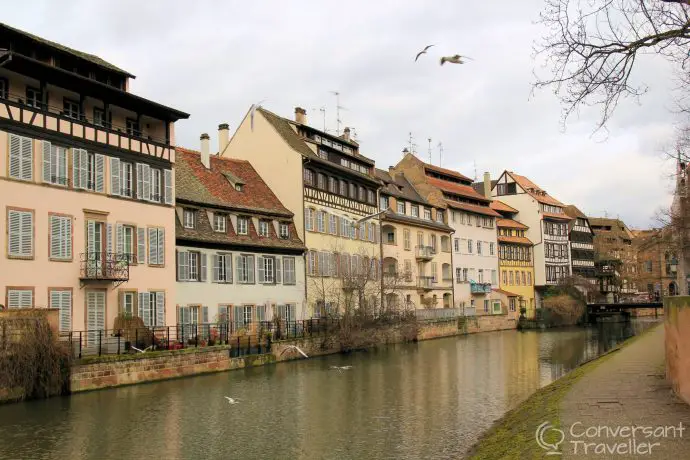
Panoramic boat trip
If you want to give your feet a rest but still take in the sights, then hop on one of the Batorama boats for a unique perspective of both the new and old city from the water. The boats run from the River Ill behind the Palais Rohan, with commentaries in 12 languages and tours lasting just over an hour. I loved that there were also special children’s commentaries, but was perhaps a little disappointed with the adult version which we found rather basic, especially having already completed the audio guide walking tour. Yet the views made up for it.
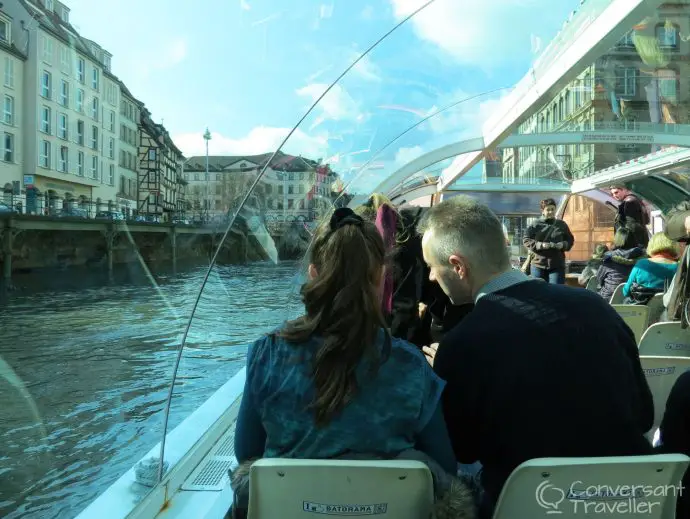
The tour travels along the river to Petite France, through 2 locks in the old tanners district and past the covered bridges before circling back through the city to the newer European district to the east. This is where you’ll see the contemporary buildings that house the European Parliament when it’s in town, as well as the Council of Europe and the Court of Human Rights. Quite a contrast to the old city.
Another great way to explore Strasbourg is on a river cruise as part of a longer holiday, taking in several European port destinations as you go. It’s a super relaxing and hassle-free way of seeing some of Europe’s most enchanting cities, delivering you right into the heart of the action with minimum effort.
Eating Strasbourg
I have to admit I was expecting great culinary things from Strasbourg, yet whilst my sugar intake over the weekend increased dramatically and pleasurably, I was sorely disappointed by our restaurant meals. First up was the famous Maison Kammerzel, which is understandably tourist-orientated due to it’s central location. The wood-panelled interior was almost as impressive as the façade but the food really let the place down.
Since the prices were all rather on the high side (like all other central restaurants) we opted for the set 3 course menu, despising ourselves for being typical tourists but not wanting to give up a days wages for one meal. The duck terrine to start was pleasant, and the chocolate cream puff dessert was okay, but the main dish of the traditional Choucroute Strasbourgeoise (sauerkraut with 8 types of meat) was bland, gross in its enormity and it was a real chore trying to chomp through even half of it. It was rather telling that every single one of the other 36 diners on our floor chose the salmon.
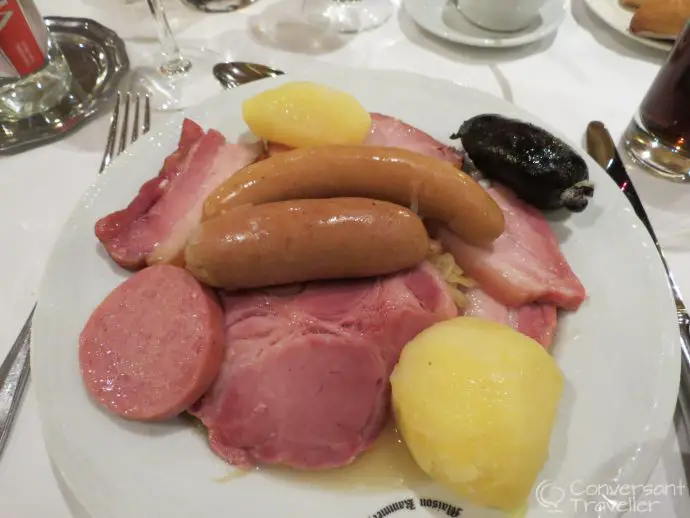
The next day we tried the cute-looking La Tire Bouchon just off the Place de la Cathédrale, and although the food was actually quite tasty (I had my favourite Bibeleskas, an Alsatian dish of cream, cheese and potato) the service was simply the worst we’ve ever experienced anywhere. As soon as the staff discovered we were tourists they practically ignored us, seated us right by the draughty door, served all the locals first and certainly weren’t forthcoming with menu assistance when we were clearly struggling with the Alsatian names. I tried my best schoolgirl French in an effort to show willing, but just received brisk, sullen replies. I later found out they do in fact have a stack of English menus. This was also happening to all the other tourist tables.
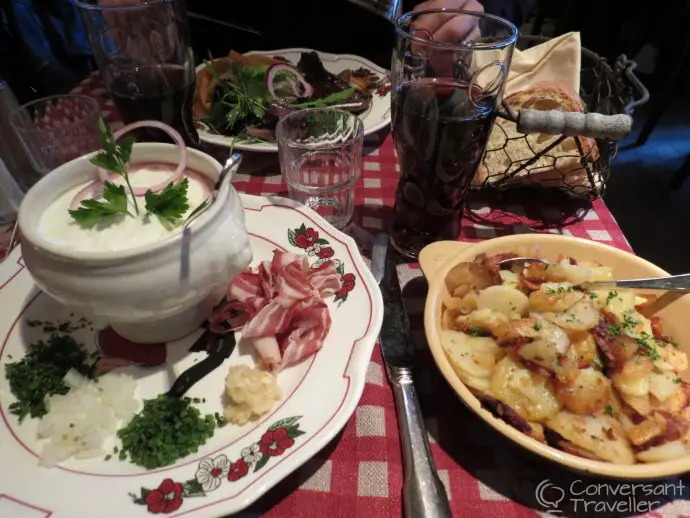
All I can say is, thank goodness for cake!!! We made several pit-stops at our new favourite patisserie, Maison Naegel, and aren’t ashamed to admit one evening meal consisted entirely of macaroons, mille feuille and tartes framboise!
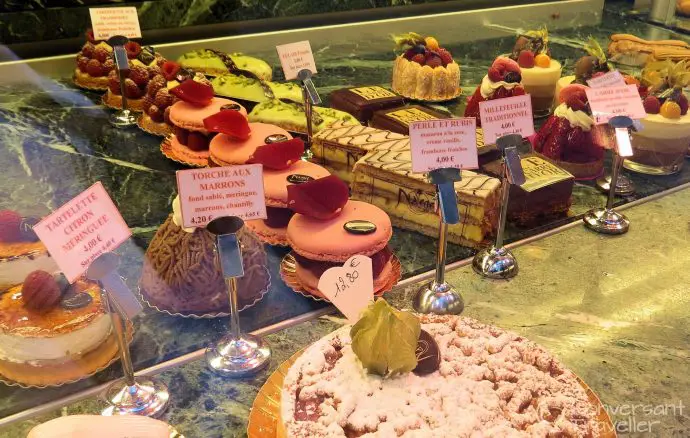
I’d love to return to Strasbourg, perhaps for the world famous Christmas Markets, if not for the food. Woman cannot live by macaroon alone.
Tips
- The Strasbourg Pass costs 16,90 Euros.
- The audio guide costs 5,50 Euros.
- Strasbourg is really easy to reach by air (either direct to Strasbourg or make a week of it and come via Basel), or by train from Paris and other European cities.
- The cathedral viewing platform is accessed from the outside, and it is best to visit in the morning before the tour groups arrive to avoid queuing and feeling pressured from behind when climbing the steps.
- The astronomical clock performance is at 12.30, and you should arrive at the south door around noon. The cathedral is closed over lunch so only ticket holders for the clock are permitted entry at this time.
- Purchase boat tickets well before your intended tour time to ensure you get a seat (if using a Strasbourg Pass you need to swap your voucher for a ticket before boarding). Arrive 20 minutes before departure so you’re not at the back of the queue.
- Many cafes and restaurants close in the afternoon and we were surprised that it was so difficult to find somewhere for coffee and cake. Which is why we were ‘forced’ to visit the patisseries so frequently for takeaway macaroons! Shame.
Thanks to Strasbourg Tourist Office for our complimentary Strasbourg Passes and Audio Tours. All words and opinions are, as always, my own.

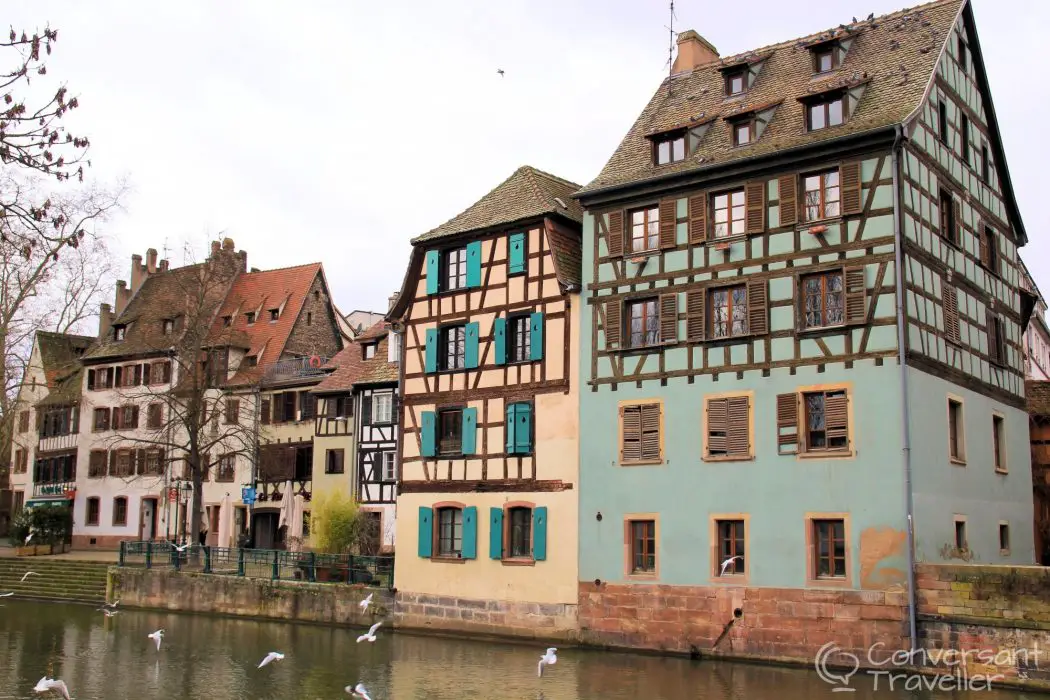
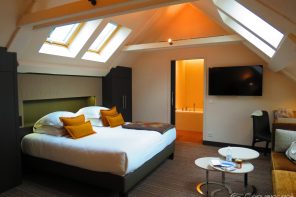
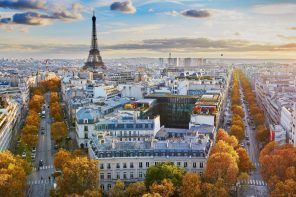
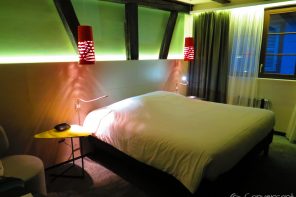
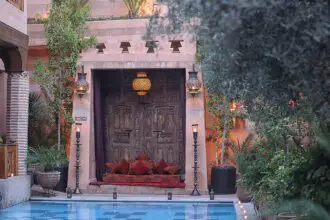
I spent two years in Strasbourg as a student in the late 1990s and it’s funny (not) that so little has changed, including the ghastly customer service in restaurants. Thankfully the rest of your trip was enjoyable. Great photos!
Hi Annette, thanks for stopping by! I can imagine being a student there would have be fun, such a beautiful place. I guess they feel they don’t have to try very hard with their customer service, such a shame. But I guess nowhere is perfect.
Petite France, Strasbourg is simply adorable. I’d love to be let loose with my camera here.
Agreed!
Spectacular photos! Definitely would like to go there. Just have to tell you it took my about 7 tries to actually click on Europe under Destinations, because the titles kept moving away from my cursor.
Thanks Tami, hope you get to go one day. And thanks for the mention about the menu bar, I’m looking at removing it as it’s just too responsive isn’t it!
Wow! Such a historic place, I just love all those old buildings and you have captured it wonderfully. I never knew what to expect from Strasbourg because of the mixture of cultures but it looks like a really beautiful city. Thanks for the insight.
It’s easy to make something look amazing when it is as beautiful as this!
A great look at Strasbourg, Heather — looks like a city well worth a visit, and I appreciate the list of prices and particulars at the end. As a longtime newspaper editor, though, one detail in the post made me squirm: when used as a possessive (as in “it’s sister towns”), the word “its” doesn’t take an apostrophe. In fact, its need for an apostrophe is nil.
Thanks Paul, it is a beautiful city, well worth a look! And I’ve removed the apostrophe so hopefully you can stop squirming now!
Your photos are absolutely gorgeous. BEAUTIFUL! I love Napoleons room! Can I move in? haha
Sure, but after me (think I’m short enough for that bed ha ha!)
OMG. I loved Napoleon’s bedroom. That is fascinating. I was so excited for you the whole time you were in Strasbourg because I knew you would love it. I certainly did and I agree,Maison Kammerzel is the most amazing building there.
Great to find a fellow Strasbourg convert! It’s a fab place isn’t it (and not just because Napoleon woz ‘ere!)
It amazes me how many wonderful cities there are in Europe outside of the major ones that are just as charming and cute and have such an amount of history! It makes slowing down and exploring smaller cities so worth it, except for maybe the disappointing food….
Exactly. It’s always worth getting off the beaten track a bit isn’t it.
That strasbourg is a real culinary place , you just need to get away from the cathédrale … As every Little city it has it s Little hidden gem !
I’m sure there are lots of yummy places to eat, we’ll definitely have to try somewhere new next time!
Hello !
Your article is great , i am from strasbourg and i love discovering my city from a tourist eye, that´s when i remember : yes , i love my city !
It´s a Shame you ´ ve eaten in touristic places like the two restaurant you mentionned. I Work in the hospitality industry here and i can tell y
We chose the touristy places because we wanted to try ‘authentic’ Alsatian cuisine…next time we’ll go for something more contemporary (and thus probably more ‘authentic’!). 🙂
Looks like such a beautiful and charming place.
Sad to hear you had a bad restaurant experience! We have been to Strasbourg several times and the old part is just so charming. I loved your pictures and you have some very useful tips for visitor to Strasbourg.
I’m sure there are some good restaurants out there, we were probably just unlucky. Glad to meet a fellow Strasbourg fan!
What a gorgeous city! And it looks completely German, there’s hardly anything French about its look!
I love the towns in Europe that are really a melting pot of the neighboring cultures (ie the Italian/Germanic influences in Tyrol).
That clock is incredible! Very steampunk